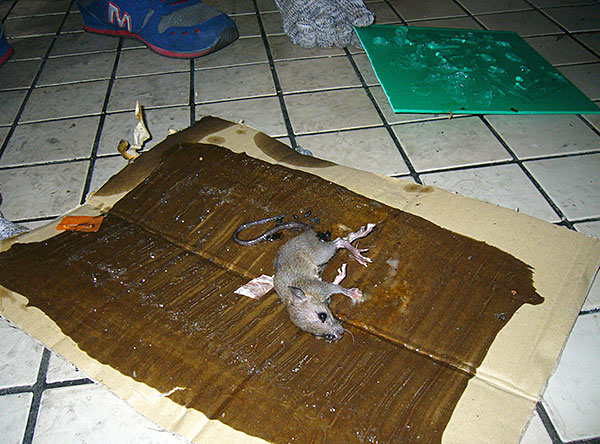
Next you will learn:
- Is the glue from rats and mice really effective in practice and what you should know in advance about the disadvantages of this tool;
- What brands of glue for rodent control are on the market today and do manufacturers add poison to the glue composition;
- How to properly use glue traps and what important nuances must be taken into account in order to increase their effectiveness;
- What to do if the glue is on clothing, hair or on the hair of a pet - how to wash it off without torturing yourself and your pet with the terrible smell of solvent;
- What else can be used against rats and mice instead of glue, if with the help of this tool it is still not possible to cope with rodents ...
Special glue for rats and mice is a rather effective tool, but not quite humane, since an animal adhering to a trap is doomed to a long and painful death. If we talk about reliability, then the glue is quite comparable with the well-established mousetraps and rat traps, crush, but it has specific application rules, due to which its use in residential premises can be associated with certain difficulties.
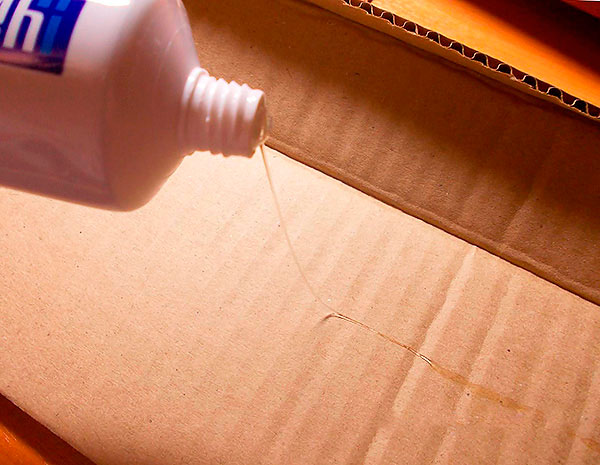
It is believed that the glue for rats and mice began to acquire the greatest popularity after the glue traps for cockroaches entered the market. Residents of apartments and private houses have found that such sticky insect traps are very easy to use, highly effective and quite safe for people and pets.
It is not surprising that the inhabitants first tried to use glue themselves against rats and mice, making home-made glue traps, and then enterprising manufacturers quickly picked up this direction, and specialized glue for catching rats and other rodents appeared on sale. But the fact is that mice and rats are not cockroaches, and the use of glue against them has some features, which we will talk about later.
How adhesive traps work and how effective they are
The principle by which glue works for catching rats and mice works is quite simple: once stepping on a surface smeared with glue, the animal cannot tear off the foot from it, rests on the second foot, it also sticks, and the rodent is caught.
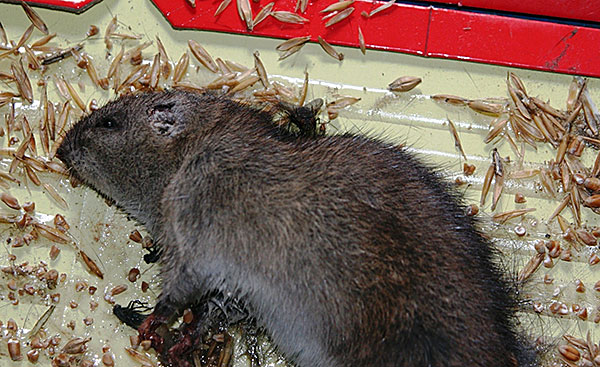
Often, rats and mice stick to the glue not only with their paws, but also with their hair, while they are completely immobilized. After the capture, the animal tries to break away from the glue for several days, until, exhausted, dies of thirst. It should be borne in mind that if the person who set the trap finds the animal still alive, he has to kill the rodent in some other way, or simply throw the trap with its still live prey into the trash.
The glue for catching rats and mice is quite effective due to the fact that rodents easily fall into it, simply running through a trap. That is, with the right choice of installation location, such a sticky rat trap helps to catch even those especially cautious pests that do not fall into traditional traps with baits, such as mousetraps.
On a note
Significantly increase the effectiveness of rodent control by using an adhesive trap with a bait, for example, a piece of bread. Bread is placed in the center of the trap, and the area near it is treated with glue from all sides. Thus, the rodent has no choice but to stick to the tidbit. But it is worth noting that rats and mice come across just as easily and without bait, if sticky traps are simply installed in places of the most probable movement of these pests.
A few words about the disadvantages of using glue against rodents
Like any other tool, rat glue is not without flaws. Let's take a closer look at them:
- Perhaps one of the main disadvantages of glue for mice and rats is that the use of such a tool can hardly be called humane. In the video presented at the end of this article, you can see how such a Velcro trap with a caught animal looks like: a rodent in a trap is waiting for a slow and painful death from thirst for several days. If you find it still alive, then you will have to suffer, thinking how to get rid of it. Not everyone will have a hand raised to kill a defenseless little mouse, but throwing it still alive into the garbage chute would be no less cruel;

- There is a risk that glue from glue traps can get on the skin of children and pet hair. In rare cases, the glue can cause irritation or an allergic reaction if there is an individual sensitivity to its components. It is very difficult to remove the glue from the hair or hair, and in many cases you just have to cut off the sticky area, and use chemical agents, such as a solvent, to remove the adhesive from the skin;
- Rats and mice, trapped for a long time, emit a loud squeak or even a squeal, which can cause people significant discomfort;
- The ingress of dust or moisture on the surface of the glue may slightly reduce its effectiveness, so you need to monitor the cleanliness of the trap and replace it if necessary.
Feedback
“We bought Alt glue against mice and rats, a neighbor advised us. I still have very mixed feelings, now I am writing a review, but I am still pounding. Everything according to the instructions, smeared on a cardboard, put under the refrigerator, where I often sweep away the garbage. In the morning I come, I take out this cardboard, and this mouse lies there, it all twitches, squeaks, stuck sideways, wriggles so scary, apparently, I recently got caught. I got sick right here. My husband came running, took this whole trap, put it in the garbage chute, reassured me. Well I do not know. It seems like the tool worked, but once again I will not survive this. ”
Oksana, Kiev
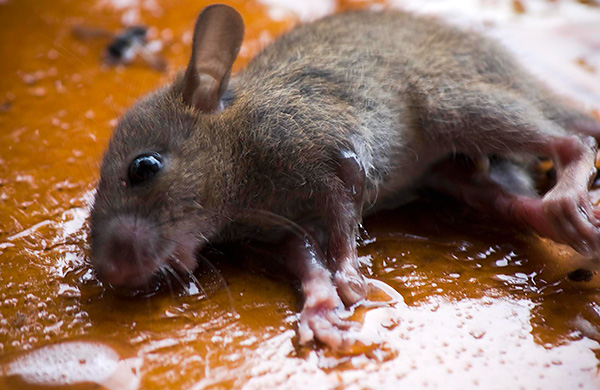
Everyone who wants to use it against rats or other pests will have to put up with the noted disadvantages of glue. However, it is worth noting that rat glue copes quite well with its main function - catching rodents. And if you are not afraid of the prospect of periodically turning into a kind of executioner, deciding the fate of the animals that you come across, then you can safely proceed to the choice of glue.
Glue brands from mice and rats
On the market today there are many brands of glue from rodents. The most popular of them are the following:
- Glue from rodents Alt - perhaps one of the most popular means of this category, made in Russia;

- RaTrap - a Czech-made product, suitable not only for the fight against rats, mice and other rodents, but also against insects;

- Kotofey - Russian-made glue for catching mice and small rats;

- EuroGuard - Italian glue for the mechanical capture of rodents and insects;

- Clean House - Russian glue for rats, mice and insects;

- Forssight - adhesive mass against rodents, country of origin - Russia;

- Trap - Russian-made glue from rats, mice and insects.

All products on the market have a standard packaging - an aluminum tube containing glue weighing 135 grams inside (with the exception of Clean House glue, the tube of which contains 130 grams of the substance). Buying such rat glue will cost you between 150-250 rubles apiece. It is worth noting that all adhesives have the same principle of operation and are very close in efficiency, therefore, in order to appreciate this tool, you can choose any of the presented brands.
Also on sale are ready-made glue traps for rats and mice of such brands as "Barrier", "Mr.Mouse ”and“ Clean House ”- cardboard boxes with glue that simply open, fold up as you like (in the form of a house, a tunnel or a simple platform) and are installed on the rodent movement paths. In this case, you don’t even need to put the glue on anything, although in the end such traps are more expensive than a simple tube with glue.
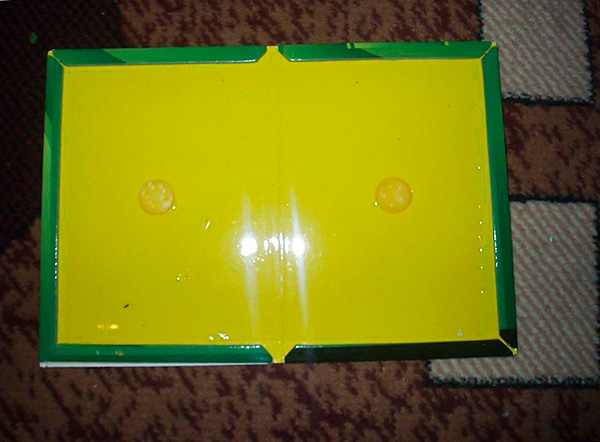
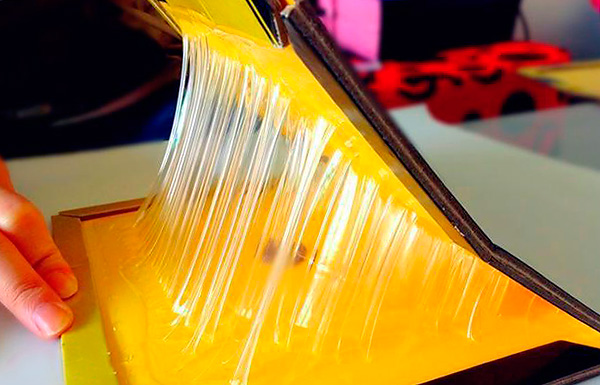
On a note
There is an opinion that rat glues contain poison, but this is not so. Glues against rodents are mostly non-toxic and odorless, which can scare away rats and mice or cause discomfort to humans. Some add special flavors that attract rodents, which eliminates the need for bait. The active ingredients of adhesives are also approximately the same, only their dosages may differ. Basically, these are rather inert and safe polymers - about 80% polybutylene, and the remainder in approximately equal proportions consists of polyisobutylene and cyclosan.
Rules for the use of glue in the fight against rodents
Using glue against rats and mice is easy. Let's look at the process of preparing an adhesive trap:
- A piece of flat and smooth material, such as cardboard, plastic or wood, is taken, no less than 10 × 10 cm in size when fighting with mice and 25 × 20 cm for catching rats. In the second case, it is also recommended to attach the base to the floor using self-tapping screws. Otherwise, the animal can carry along the entire trap and smear the room with glue;
- In the case of combating mice, you need to spread glue on the substrate with strips of 1-2 cm wide with a distance of up to 5 cm between them. If the trap is set to catch rats, then this will not be enough, and the strip will need to be made wider and further apart - 3-5 cm and 10 cm, respectively. It should be noted that the agent acquires irreversible tack 30 minutes after application;
- In the center of the trap, it is desirable to put a bait, for example, a piece of bread moistened with vegetable oil;
- It is necessary to place rat traps in those places where rodents are most likely to appear - in corners, along walls and partitions, at visible holes, at a distance of 3 to 15 meters from each other, depending on the size of the room, its clutter and the number of pests . In this case, it is necessary to provide the substrates with shelter from children and pets and to minimize contamination of the adhesive surface, therefore it is better to lay them out under furniture, boards leaning against the walls, or in special bait houses;
- Periodic inspection of substrates with glue is required to collect and dispose of trapped rats and mice, as well as to replace trash substrates with new ones.
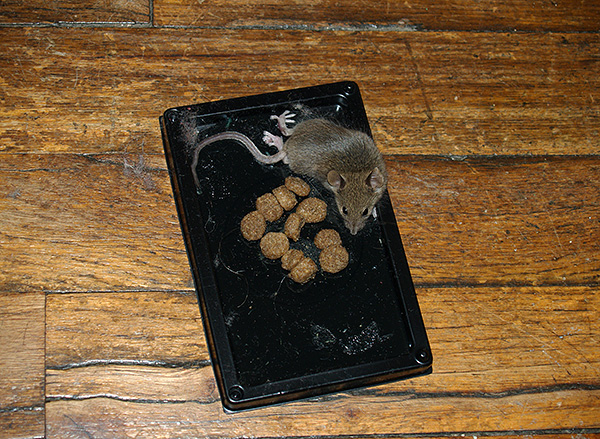
If the trap is used to catch rats, then it must be checked at least once a day. The fact is that an adhering animal will make sounds of danger (beeping), because of which its relatives will bypass this place. But when mice are caught on glue, this factor is insignificant - these rodents easily run into the trap for several animals in a short period of time.
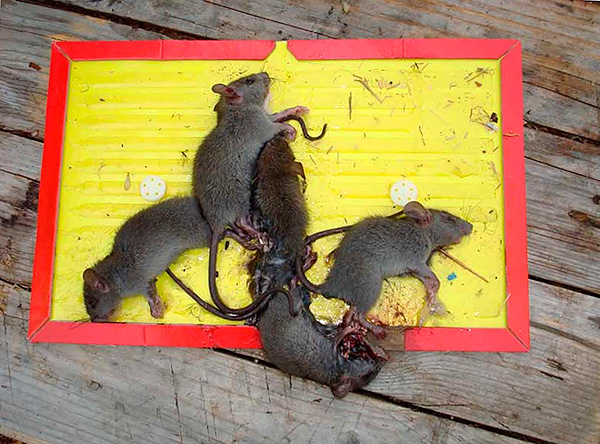
What to do with the caught rodents, you have to decide for yourself. Perhaps the most humane way is to drench a handkerchief in gasoline or acetone profusely and cover the animal with it so that it first faints, and then suffocates. But few people are engaged in such delights. Traps are usually simply thrown into the trash with still living animals, dooming them to a long and painful death. Someone finishes mice with a hammer, and someone even starts to mock them ...
You might think that the glue on the trap dries out over time, but thanks to the special composition this does not happen and it remains effective until its surface is littered with dust or dirt. In this regard, it is recommended to change the substrate with glue to new ones about once a week.
Adhesive precautions
Despite the fact that the glue for catching rats does not contain toxic substances, certain safety rules must be observed when working with it. The fact is that glue, due to its stickiness, can cause problems with careless handling.
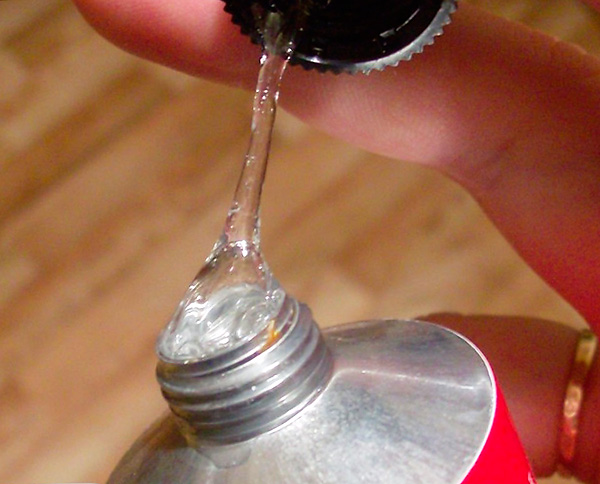
Actually, due to this, it is so effective, but for the same reason it requires the observance of security measures:
- The use of rubber gloves when working with glue is recommended;
- The glue is applied to the substrate with a brush or sponge. It is undesirable to touch it with your fingers;
- After completion of work, you must wash your hands with warm water and soap;
- If glue gets on the surface of the skin, remove it with cotton wool moistened with acetone, and then wash your hands with soap;
- Traps are placed in places where neither a child nor a pet will reach them. After installing the substrate with glue, it is advisable to completely close the room or kitchen before catching the pest.
Of course, rodents adhering to the trap should never be offered to a cat or dog. Not only is the pet smeared in the glue itself, it is also undesirable that glue gets into the digestive tract.
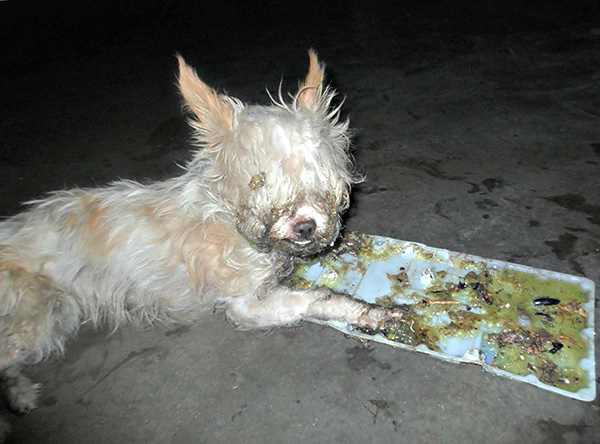
In general, the glue is not toxic, and its very presence in the apartment does not cause any danger. However, troubles can arise if one of the people or animals in this glue gets dirty. Just like that, the glue does not wash off with water and soap. You can remove it only with the help of gasoline, acetone or kerosene, and, judging by the reviews, different adhesives are better washed off by different means. Only gasoline helps someone, in other cases, cleaning rat glue from clothes is obtained with nail polish remover or alcohol.
On a note
To remove traces of glue from clothes, skin and hair, it is better not to use motor gasoline, but special gasoline to remove stains, which can be bought at any hardware store (such gasoline does not have an unpleasant smell and harmful additives). It is better to wash rat glue from hands or skin on other parts of the body with just such gasoline, although some brands of glues are resistant to such a tool and you need to experiment with them - for example, use various reinforced solvents with paintwork materials.
It is very difficult to wash away rat glue from the hair, all the more so to wash the cat or dog from it. Some lucky ones managed to wash the glue from rats with hair with a solvent after 15-16 attempts, but in some cases it is better to cut the hair from a person or a tuft of wool from a pet.
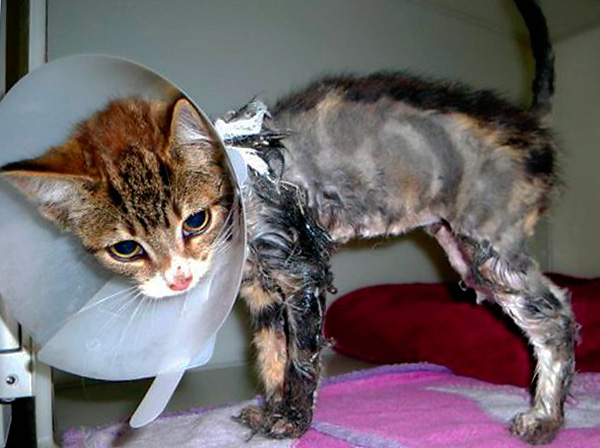
Feedback
“It's some kind of tin with this glue! I already cursed everything in the world. The child crawled into the glue with his hand, tore off the trap with his other hand, stuck with it, began to wipe his first hand on his hair, yelled. I came running, grabbed him, started tearing a cardboard from him, and he hugged me ... In short, I’ll tell you - neither this smelly solvent, nor gasoline, nor alcohol helps at all. I just cried from powerlessness. I undressed the child, put it in the bathtub, I can’t even wash this glue from him with my hands. An hour (!) I rubbed his hands with a solvent, wiped it off, all hands were red. I didn’t wipe it off my hair, my husband immediately shaved it in the bathroom (Oh Lord!). I threw out the small T-shirt, rubbed my shirt for two hours, did not wipe it off with anything. And I can’t throw it away, my favorite shirt, after all. Today I’ll carry her to dry cleaning ... "
Olya, Minsk
How can I replace the glue?
In some cases, adhesives do not help or are not effective enough, and then it is necessary to fight rodents with the help of other means. Consider the most effective of them:
- Instead of rat glue, traditional mousetraps or rat traps can be used against rodents. They are good because they immediately kill the pest and do not require efforts from a person to finish the animal, and at the same time they are as effective as glue. Only in rare cases, especially cautious rats do not come across them. For apartments and private houses, this is a great option;

- Replacing glue with poison for rodents makes sense mainly for non-residential premises, such as granaries or warehouses in large enterprises.In residential premises, such poisons are very dangerous for children and pets, and they can be used only extremely limitedly, preferably in liquid form and in special containers that prevent anyone from excepting the pests themselves. It is also dangerous if a cat or dog catches or finds a dead mouse;

- Cat-trap will solve the problem with rodents in the house once and for all. She is able not only to exterminate all rats and mice, but also to prevent their reappearance;

- The most humane and quite effective means of pest control is an ultrasonic rodent repeller. It emits a high-frequency sound that people don’t hear, but rats and mice hear, which makes them very uncomfortable and makes them leave the room with a working device. However, it is worth noting that, over time, rodents can get used to the sound of the device and return, and some individuals do not initially seem very susceptible to ultrasonic repellers.

Each of these means has its own advantages and disadvantages in the fight against rodents, and the most effective can only be determined by experience.
If you have personal experience in fighting rodents with glue or sticky traps - be sure to share the information by leaving your review at the bottom of this page.
Interesting video: an unsuspecting mouse stuck to glue on the way to a tidbit
An example of how rats are perfectly caught in glue traps

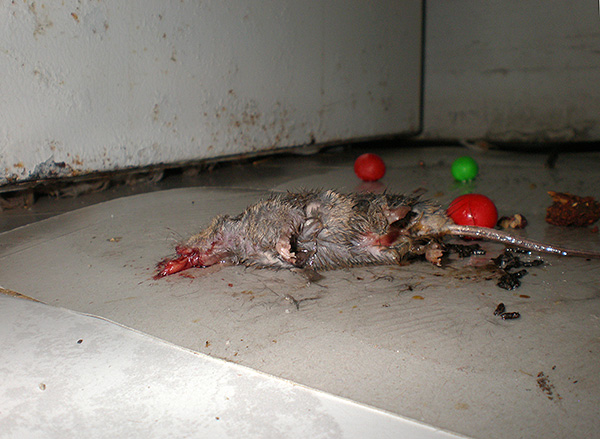
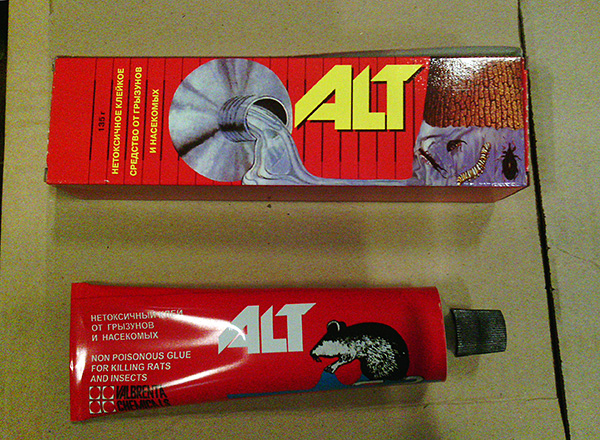
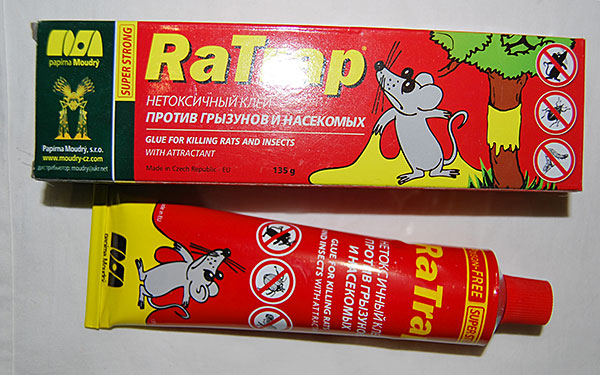
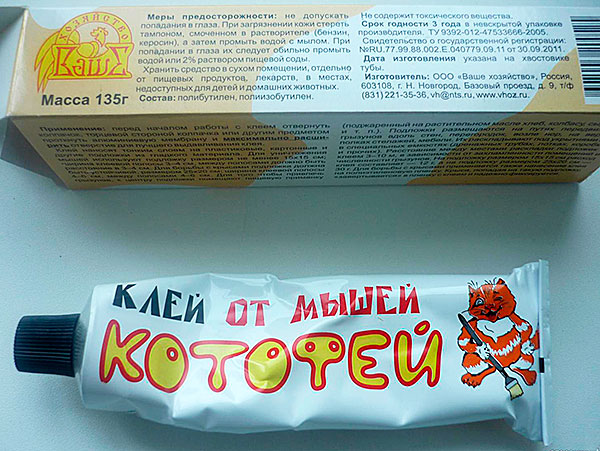
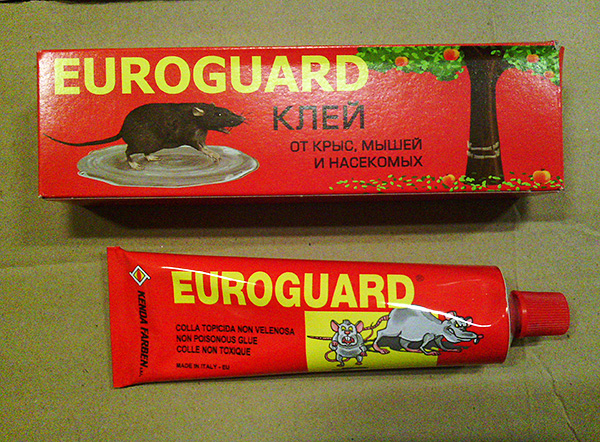
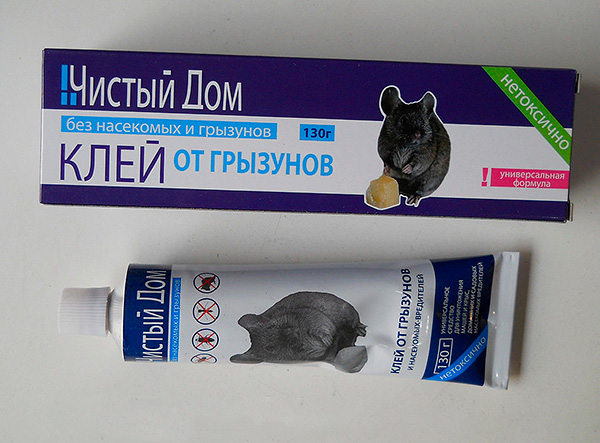
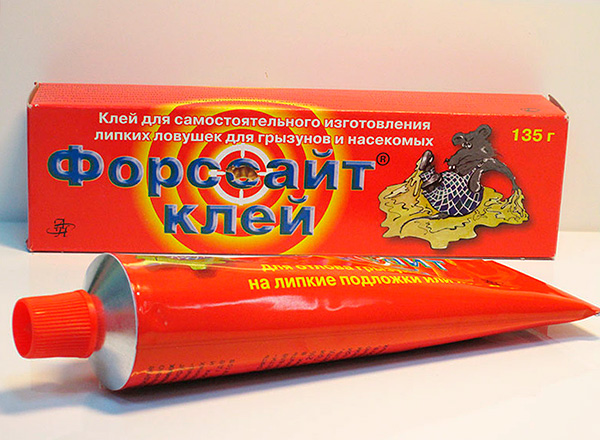
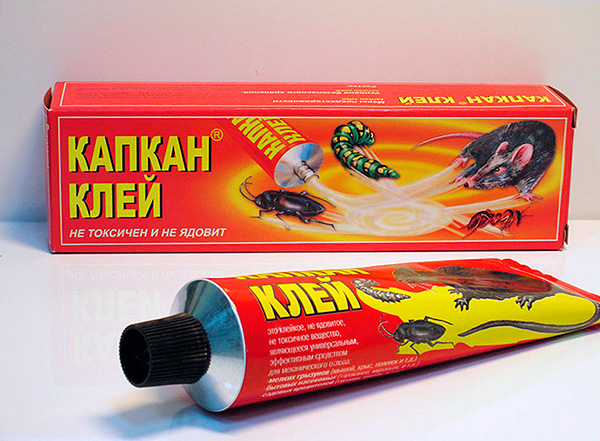
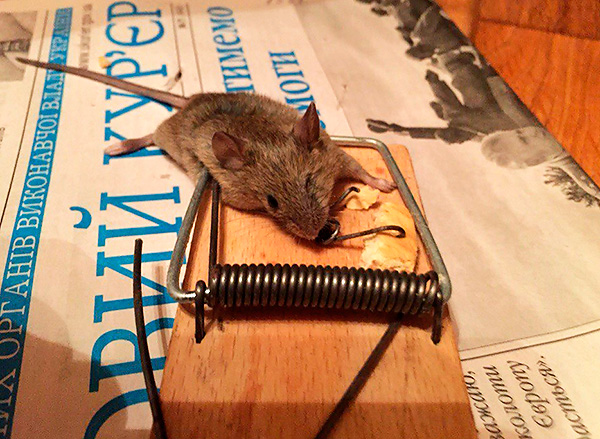
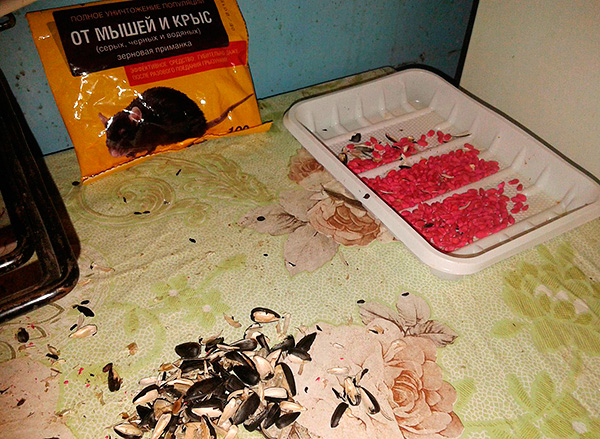
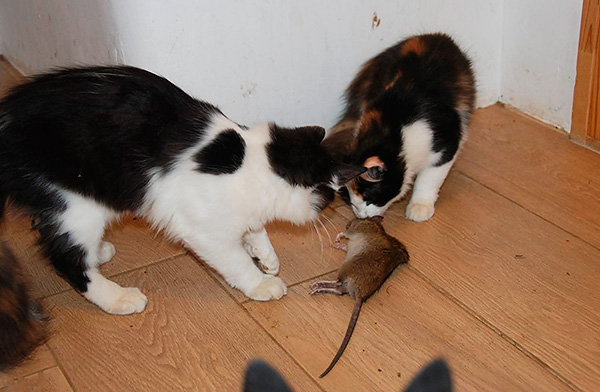
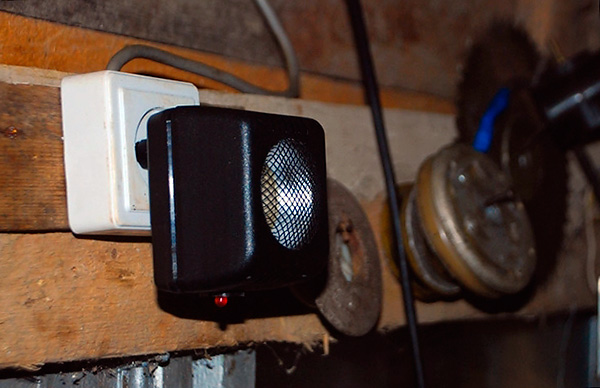
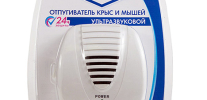
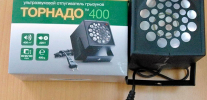
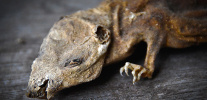
Ultrasonic repellers work only at positive temperature. Does this mean that in the cottages in winter to use them makes no sense?
Use sunflower oil to wipe glue from any surface.
All human troubles are due to such humanists. They are sorry for the mice. If you feel sorry for the mice, then breed them with a specialist, grab any infection from them, risk your life and the lives of your children ...
In order to remove glue from the skin, you can use pumice! First, soap the place where the glue (I got my foot in), and then rub it with pumice. The glue just rolls ...
Throw in the barrel with this glue mother-in-law, and then this barrel in the sea - for reasons of complete humanism, so that the mother-in-law did not suffer for a long time.
Glue is a very effective tool. Mice in the village were tortured: in the fall, and field voles run into the house, and gray house animals snoop. Until then, they spoiled that in the afternoon they ran around the table and on the dishes. I bought glue, at first three sticky at once. Then less. Now even the rustling is not heard. Silence. In most cases, if a lot of glue is poured, rodents stuck their noses into the glue and suffocated themselves. Well, if the rodent is alive, you can finish it off with a pneumatic gun somewhere in the yard. Of course, you can pity them. But we must remember that they are carriers of infection, pests, spoiling food. At one acquaintance, the rat bitten and dragged into a nest under the floor a couple of dozen Indochis.He opened the floor of the barn, where the rat settled and found the corpses of the indonesians. The rat fed their brood with them.
Glue is the worst you can use. Caught animals suffer for more than a day. I understand that the rat in the house is far from the best option, but they will die from the poison at least right away. The repeller and the presence of a cat still work well.
I do not advise poison! These creatures climb into places that cannot be found and die there - the stench is unbearable! Then either endure the stench, or open the floors, walls, etc.
I would take a cardboard box with glue to the street and I would just finish off the prisoner with a stick or brick, or doused with solvent and set fire to it. But what would destroy it is 100%, since it is an enemy and he encroached, attacked my territory.
Zooshizam not read. A good proven way if there are a lot of rats: we catch three pieces with any live trap. We release three of them for a week in a metal barrel. Then in a week we release the remaining one living rat into the wild. And that’s all, this rat, once having tasted the meat of its fellow tribesmen and having fallen off the reels from it, catches its relatives and eats them alive. The method has been repeatedly tested in the villages. Uncle (a good friend) lives in the village, he did it himself. The people in the village look at these things sensibly.
We use glue recently, but are very satisfied! Mousetraps are not our case, I can’t charge them, you will repulse all your fingers with a spring until something works out! Two mice can stick to the glue at a time, and by morning they are already dead. I do not understand the tantrums about the "torment of the beast," these are not animals! These are beasts !!! A sister tried to drag a rat Shih Tzu puppy away. Why, why - it is not clear. My advice to her is only glue!